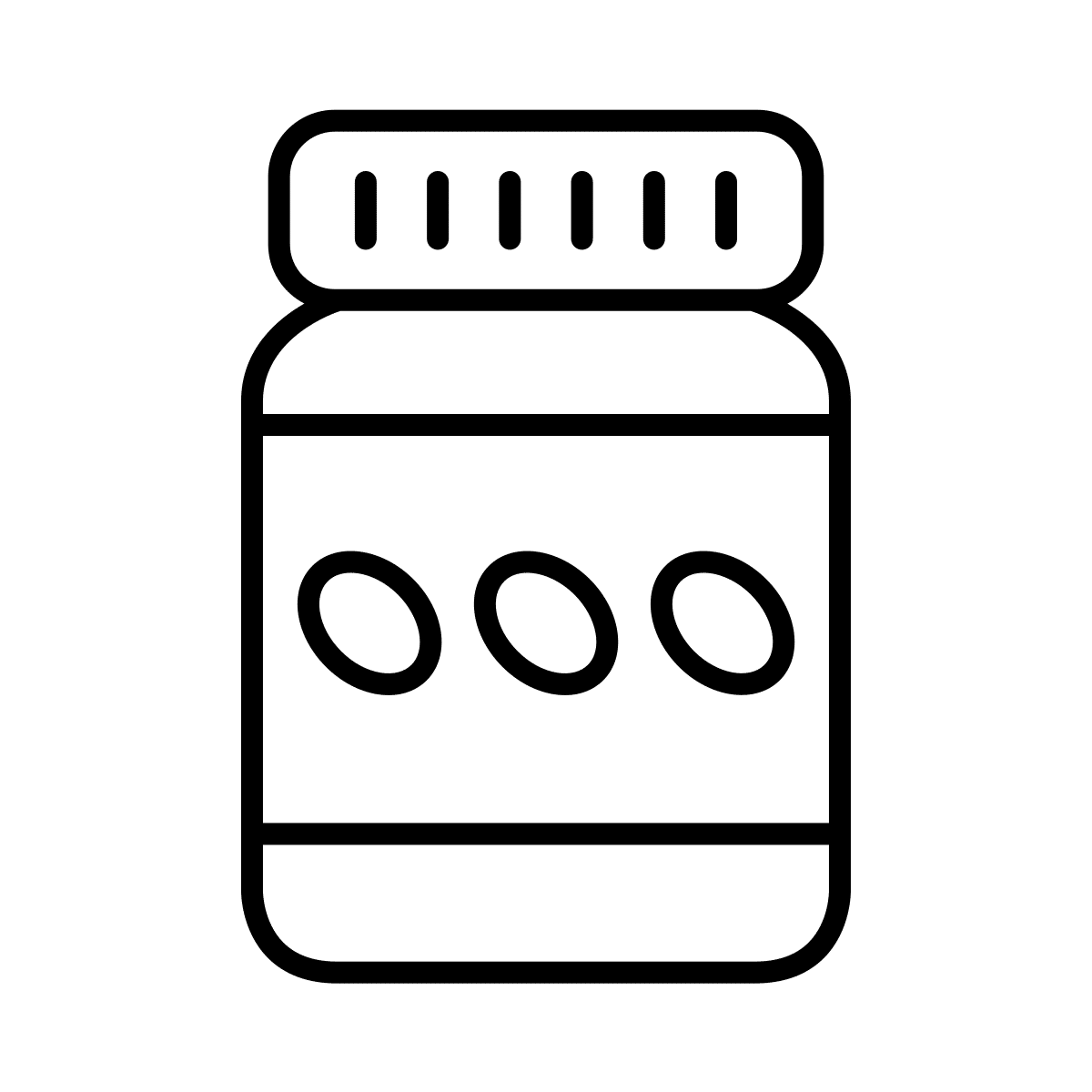Mobile commerce is leaving desktop in the dust. M-commerce apps (also known as ecommerce apps or shopping apps) can help retailers grasp mobiles’ full potential. Read all about m-commerce apps in this comprehensive guide.
What’s in this guide to m-commerce apps?
- Responsive site versus m-commerce apps?
- What is mobile commerce?
- Mobile shoppers need more than websites
- What are m-commerce apps?
- M-Commerce apps: the facts
- What about B2B apps?
- Developing m-commerce apps
- M-commerce app features
- M-commerce apps examples
- How do I get started?
- Launch an m-commerce app in just 30 days
Shopping on the go, it’s definitely a thing. Whether you’re browsing virtual aisles on the train ride home or out on the road placing orders with a vendor, m-commerce has officially arrived.
In 2020, no one goes anywhere without their smartphone. We spend up to 4.5 hours a day staring into handheld screens. We’re gripped by separation anxiety when our phones are out of sight.
So it’s not surprising that mobile has leapfrogged desktop to become the top channel in e-commerce. As much as 70 percent of all web traffic comes from mobile, and its bite of the e-commerce apple is set to hit 68 percent by 2022.
Responsive site versus m-commerce apps?
But will all those rosy predictions hold up? The truth is, people want to do more shopping on mobile, but the smartphone buying experience stops them in their tracks. People arrive on mobile websites with the impulse to buy, only to see it fizzle out in frustration.
Mobile-responsive websites can’t keep up with user expectations. They’re slow and cumbersome and can’t make full use of smartphone capabilities – which in 2020 are impressive — even if brands neglect to make full use of them.
That’s why m-commerce apps are becoming the e-commerce standard.
In retail, app development started to spike in 2015. The number of shopping apps has been growing like wildfire ever since, and the list of shopping apps available in app stores keeps getting longer.
M-commerce means buying things with smartphones – but it’s so much more than that. Let’s take a look at the channels, technologies, trends and tactics that define it; and take a hard look at how m-commerce apps are different from mobile websites.
“Mobile shopping experiences can have a significant impact, not only on conversion but also on future buying decisions”
What is mobile commerce?
M-commerce is e-commerce for mobile devices. E-commerce is buying something on your PC. M-commerce is buying something using a smartphone (and to a lesser extent, a tablet).
But that’s where the similarities end. Anyone who’s tried buying anything on a smartphone knows that purchasing a handheld device is just different.
The gestures you use are different, the flow from product selection to payment is different, the information you have easy access to is different, and entering new information via a smartphone keyboard is very different indeed.
The techniques you use to attract, engage, and convert mobile shoppers aren’t the same either. You have loads of marketing options, but job-one is to make sure the mix of available mobile channels suits how your customers want to buy.
And they do want to buy, M-commerce is on track to become the online shopping norm. About 70 percent of web traffic now comes from mobile. In places like India, handsets are where 70 percent of all buying happens. Globally, mobile shopping is a 700 billion dollar industry.
M-commerce is a rising tide, but only brands that invest in their mobile shopping experience are likely to reach shore.
“Big brands like Sephora, Depop and Zara have all invested in an m-commerce app. The result? Mobile is now their top source of online revenue”
Mobile shoppers need more than websites
Smartphones are powerful devices, with as much memory, storage, processing power and graphics capability as many high-end laptops. Building websites with mobile-friendly responsive technology is standard practice now. While the software ecosystem of apps available for iOS and Android handsets sits at over 4.4 million and growing.
As good as smartphones have become, leveraging their capabilities to make consumers convert from visitors to buyers takes more than a great website alone.
Although most responsive websites are thoughtfully designed and e-commerce teams spend hours optimizing the purchase journey, at the end of the day responsive websites are still just re-sized desktop websites. The buying experience can be awkward, and many would-be shoppers simply give up.
Those bad mobile shopping experiences can have a significant impact, not only on conversion but also on future buying decisions. Surveys have shown that 66% of consumers will ‘retaliate’ when a brand they’re interested in buying from gives them a sub-optimal mobile shopping experience:
- 40% will be less likely to come back
- 28% will be less likely to purchase products from the company in the future
- 29% will immediately go to another company’s mobile site or app to buy what they need
To protect revenues and stop being swamped by a wave of negative sentiment, brands need to expand their mix of mobile channels. After building a great mobile site, adding an m-commerce app is the next logical step.
Big brands like Sephora, Depop and Zara have all invested in an m-commerce app. The result? Mobile is now their top source of online revenue.
What are m-commerce apps?
Apps are now an integral part of our daily routines. Why? Because they provide a far better experience than mobile responsive sites. Ask yourself why you use Facebook’s app rather than its mobile website. The answer is apps are designed for mobile phones and their OS capabilities. Responsive sites are just desktop sites resized for mobile phones.
In the mobile shopping realm, apps can add features like push notifications, one-click-checkout, offline usage, barcode scanner, in-store interactions and more. That’s why they achieve 3x more conversions on average than mobile websites alone. Retention is better with a mobile shopping app as well. Users come back twice as fast within 30 days vs a return visit from a mobile site.
They’re also a powerful way for brands to build deeper relationships with their customers. Mobile app marketing is a new advertising medium that can drive new sales and strengthen the connection a brand has with its most loyal customers.
Apps come in two formats:
- Progressive web apps (PWAs) – accessed through a mobile web browser
- Native apps – Downloaded from app stores then installed locally on end-users’ smartphones and tablets.

“Globally, in-app purchases have increased by 22 percent year-over-year”
M-Commerce apps: the facts
Recent studies show that m-commerce and mobile apps are online shopping’s new battleground:
- 67% of the planet owns a mobile phone [16]
- 79% of smartphone users have made a purchase on their handset in the last six months [17]
- Mobile shopping will grow 68% By 2022 As More People Shop On Their Phones
- Time spent in apps (90%) Flurry research
- The number of smartphone apps has increased by 81% since 2015
- Apps account for over two-thirds (70 percent) of m-commerce transactions in North America, for retailers with a shopping app
- Apps convert at 3x the rate of mobile responsive sites
- Globally, in-app purchases have increased by 22 percent year-over-year
- Apps deliver ROI 2x faster mobile-responsive websites
- More than 300 of the top 500 retail brands have launched a mobile app
- App traffic jumped 240% on Black Friday 2019 from the previous year
What about B2B apps?
M-commerce apps drive mobile conversion and loyalty for any business selling products or services online – but it isn’t a one-size-fits-all proposition.
For some businesses, a PWA offering an app-like experience but launched in a mobile web browser might be a better option. Others with bigger audiences or who want more app-features like in-store engagement might be better served by a native app.
That’s true for B2C businesses and B2B. Apps make it easy to re-order products from vendors or use features like a built-in barcode scanner to speed things up.
When more than 50 percent of B2B product searches happen on smartphones, it’s clear that B2B buyers are going to have the same high expectations for user experience that a B2C user would have. Mobile-first millennials are already occupying B2B buyer roles and ease of doing business will be an important factor when they select vendors and supply chain partners.
And you don’t need the deep pockets of an Amazon or Zara to make a sales-driving, full-featured ecommerce app. That brings us to the next point.
“When more than 50 percent of B2B product searches happen on smartphones, it’s clear that B2B buyers are going to have the same high expectations for user experience that a B2C user would have”
Developing m-commerce apps
Whether it’s B2B ordering or B2C shopping, there are two ways to develop a mobile commerce app:
Custom development: This is how native apps are built and find their way into app stores. They give you maximum power to use all the native features of an iOS or Android smartphone but they tend to take longer to develop, making them more expensive and time-consuming. They’re great if you have time, budget, and a big team. You’ll have full freedom to add features and create the granular shopping experience you want. The downsides are the time requirement, and the cost.
SaaS-solution: Using a similar principle as website builders like WordPress or Wix, you can work with an agency sand use pre-coded building blocks to create an m-commerce app quickly on an Saas-platform. Clever APIs connect to your existing e-commerce platform and copy over your product catalog and payment settings and make sure they’re mirrored in the app anytime you make a change.
A design team creates the app’s look & feel using your brand guidelines, you select the features you need, like one-click-checkout, push messages, social sharing, navigation, barcode scanners, or location-based targeting, and your app is up and running in six weeks or less. As it’s an SaaS model you pay an affordable monthly fee. If there’s a downside, it’s in the slightly reduced flexibility you have to add tailored features.
Both options have pros and cons. It depends on your budget, timeline, and the needs of your customers. At JMango360 we build both PWAs and Native Apps on our Saas platform, with all the features you need to drive conversion and loyalty.
According to Andrew Lipsman, principal analyst eMarketer, “It doesn’t take rich applications or AI to be a part of this growth with customers.” According to Lipsman, “Retailers can optimize this new shopper behavior by not over-engineering their apps. Simplify the basics of app development by focusing on converting the shopper to a purchaser with ease of app usage and basic personalization.”
M-commerce app features
Why are m-commerce apps so great at conversion? Here are the m-commerce app features that make them stand out:
- Rich push notifications: Apps allow brands to send personalized messages to the home screen as well as add indicators on app icons. A study by Leanplum suggests push notifications with emojis improve open rates by 85%. You can also send push messages based on what customers have added to their shopping baskets.
- Easy navigation: Apps now offer 3D Touch, an advanced way of zooming into product pages using only the thumb. Product-to-product swipe makes browsing product images seamless and natural.
- One-click-checkout: Apps can integrate payments and store profiles with shipping address and age verification. No more scrolling or jumping between screens to tap-in address and credit card details.
- Look-books: A new way to showcase products and easily add multiple choices to the check-out basket with one-tap.
- Wishlists: Users can create wishlists and integrate it with your webstore so that they can finish the purchase later on any device.
- Localization: Features that improve the shopping experience when the customer is visiting one of your physical locations
- App icon: Apps let you add a branded icon to the user’s home screen – valuable marketing real estate that helps keep you top of mind.
- Social shares: Apps simplify sharing products and links to social networks.
- Barcode scanner: For B2B brands, a barcode scanner can make life simpler for business buyers. Customers needing to re-stock inventory can create product lists to simplify re-ordering, or use a built-in scanner to capture the items they want quickly.
- Reviews: Apps make it easy to access customer reviews and prompt users to add their own. When products can’t be experienced physically, positive reviews can be a decisive conversion factor that turns the buying impulse into a sale.
M-commerce apps examples
Check out some examples of m-commerce apps and case studies from brands that have grasped the m-commerce opportunity and created world-beating m-commerce apps of their own – without breaking the bank.
Wondering what the ROI of your m-commerce app could be? Check out our eBook App or Mobile Site, Who’s winning the m-commerce game?

How do I get started?
Launching an ecommerce app isn’t a question of why anymore, it’s a question of how to do it correctly. In this article the steps on how to create an ecommerce app. Below you will find the steps you need to take in consideration:
Step 1. Figure out the goals for your ecommerce app
Step 2. For whom are you creating your ecommerce app?
Step 3. Choose the right technology
Step 4. List of requirements for creating ecommerce app
Step 5. Pick the right budget and process
Step 6. Market your app
Read our complete guide to developing an ecommerce app.
Launch an m-commerce app in just 30 days
At Jmango360 we’re democratizing m-commerce.
Inspired by the mobile shopping successes big brands have achieved, we’re bringing the same capabilities to businesses of all sizes – quickly and affordably. Without Amazon-sized budgets, you can have a beautifully designed and feature-rich m-commerce app within 30 days.
Think of us as WordPress for apps. We provide full back-end integration and rich functionality. You tell us how to customize and make it your own.
Want to know more? Get in touch with us today.







